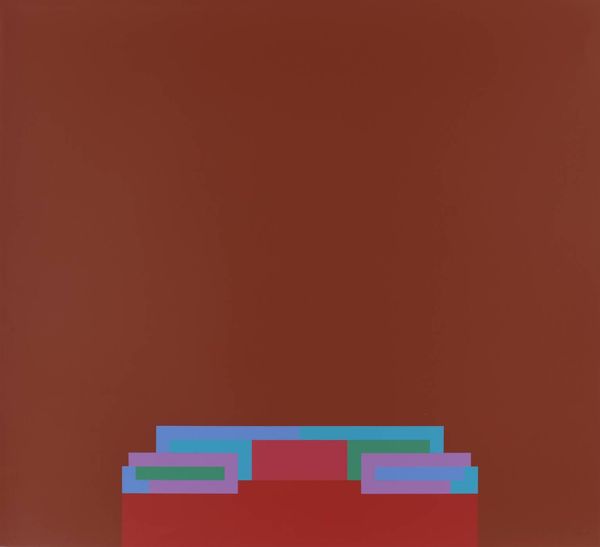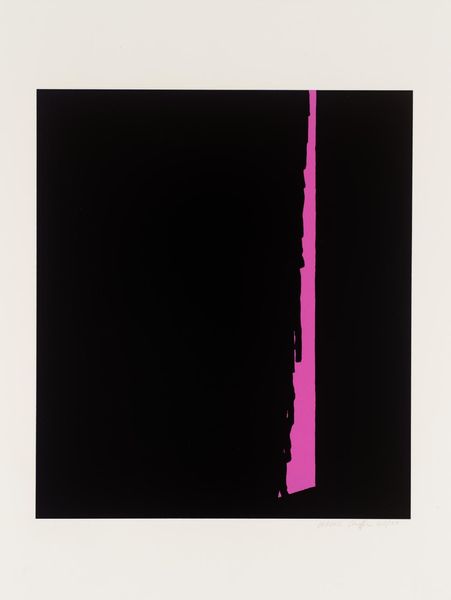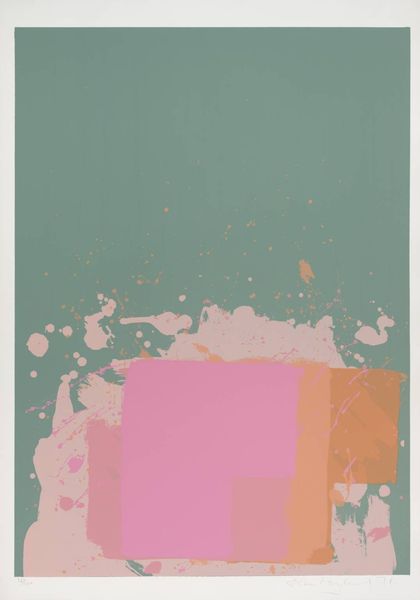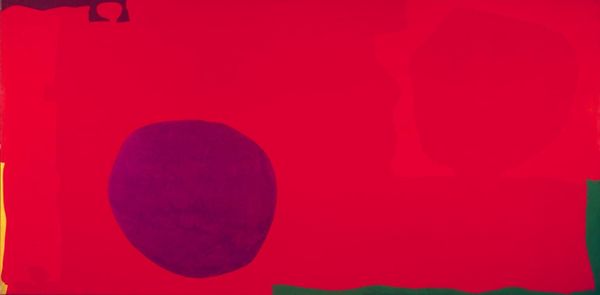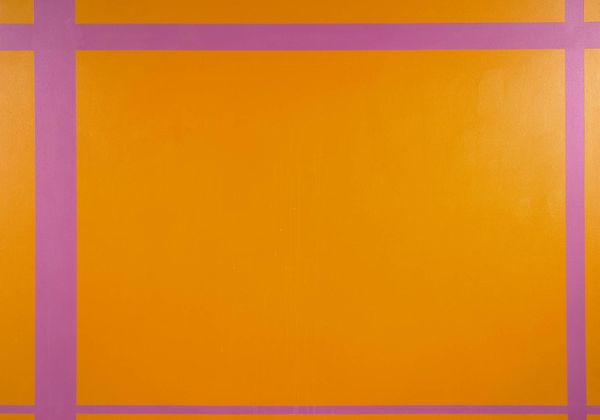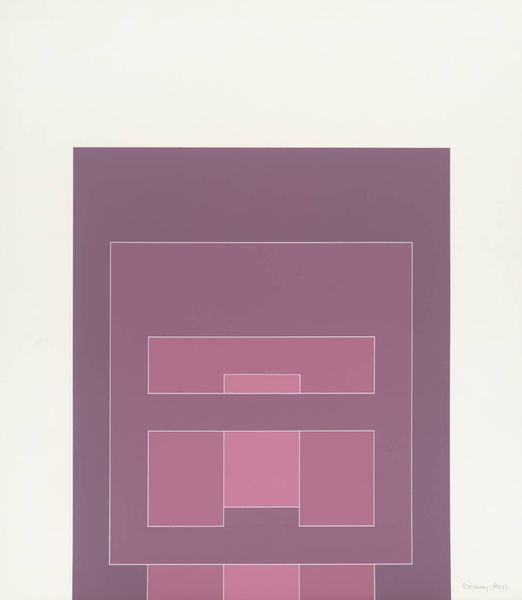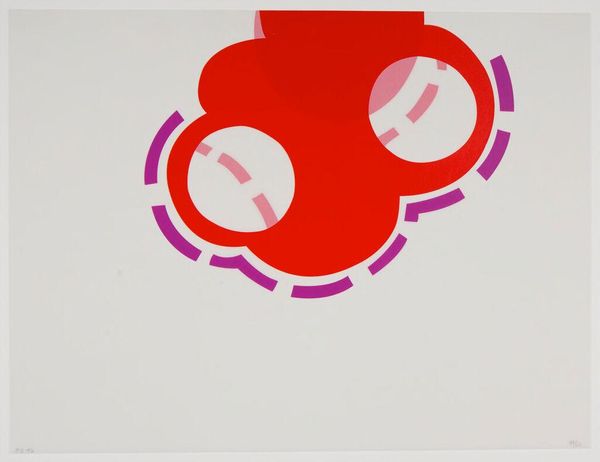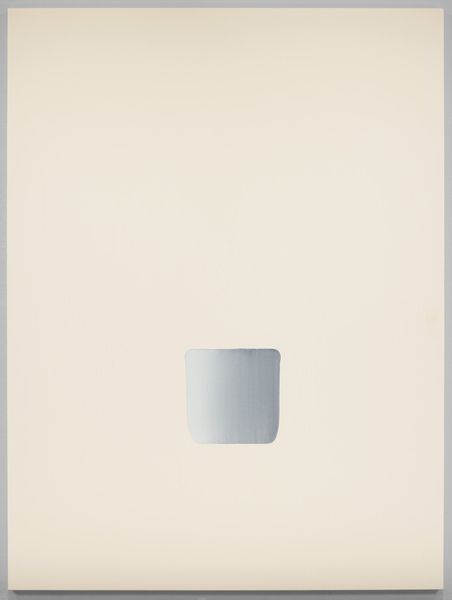
Dimensions: object: 390 x 320 x 110 mm
Copyright: © Michael Craig-Martin | CC-BY-NC-ND 4.0 DEED, Photo: Tate
Editor: Michael Craig-Martin's "Becoming" really pops with its electric colours and everyday objects. It's almost childlike. What symbols or memories jump out at you in this piece? Curator: The objects, rendered so flatly, are like cultural runes. A bucket, a lunchbox, a tape: each a vessel of potential, a container of memories we collectively share. What do these objects evoke for you? Editor: A sense of childhood, definitely. That lunchbox, the cassette tape... they feel very specific. Curator: Exactly! These objects become icons, imbued with layers of personal and shared experience. They tap into a collective cultural memory, constantly shifting in meaning as time passes. They become us. Editor: It’s fascinating how ordinary items can hold so much significance. Curator: Indeed. This piece is like a visual time capsule, revealing how symbols evolve within our shared consciousness.
Comments
Join the conversation
Join millions of artists and users on Artera today and experience the ultimate creative platform.
tate 6 months ago
⋮
Craig-Martin’s earliest work combined minimalism and conceptualism. His sculptures and installations focussed on ordinary, mass produced functional objects altered or assembled in ways which drew attention to relationships between form and purpose. During the 1970s he began to develop a unique style of drawing from life. Using a mechanical line, without inflection or any other sense of the artist’s own hand, he built up a vocabulary of several hundred images which he has used ‘over and over again as a way of trying to construct situations, to construct images and pictures, places ... to use very simple things to describe very complex ideas ... Because they’re so familiar, they’re like a universal language, anybody can see them.’ (Quoted in Eye of the Storm, ‘Interview’.) In Craig-Martin’s compositions, objects are placed next to one another, or a number of objects are layered one on top of the other, giving rise to perspectival conundrums or confusions of scale as all are treated as having equal dimensions. These neutral representations have been realised as wall drawings, such as Reading With Globe 1980 (Tate T03102), and wall-mounted, painted aluminium sculptural reliefs, such as Full Life 1985 (Tate T07392). More recently, in such works as Knowing 1996 (Tate T07234), the objects are painted in acrylic on canvas in a palette of bright colours, accentuated by separation with the black line used to outline and describe the objects.


